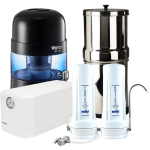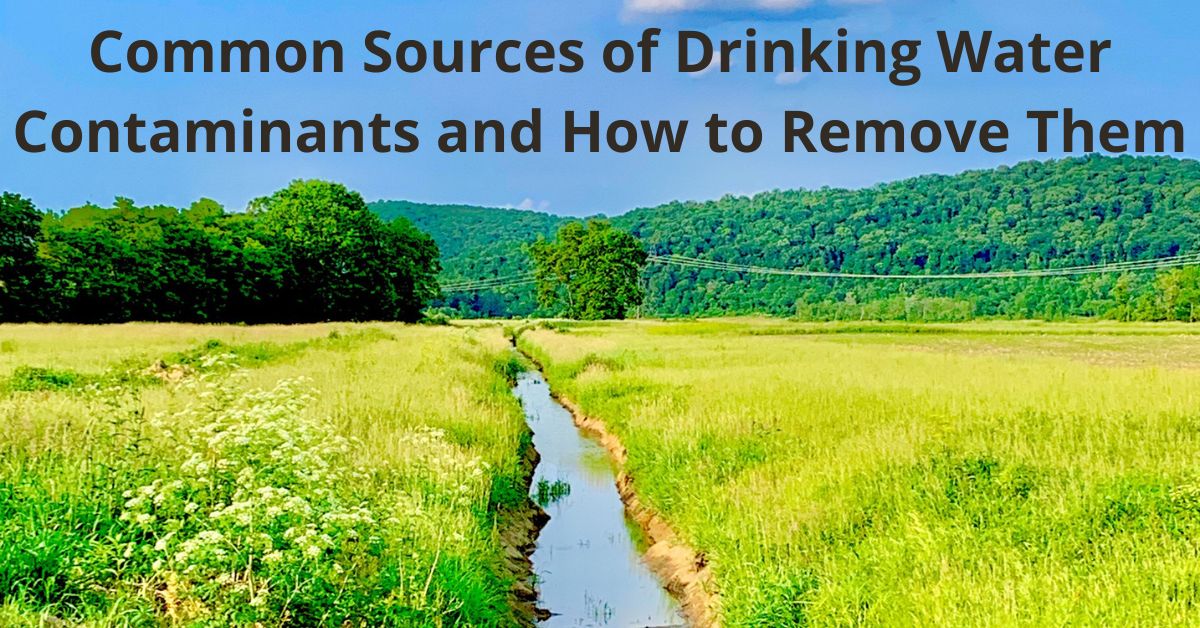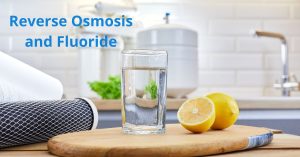Clean drinking water is vital for health. However, public water supplies and even well water contain low levels of various contaminants from both natural and man-made sources. What are the major drinking water contaminant sources and filtration options, like reverse osmosis water filters, to remove them at home?
What are the three main types of contaminants in drinking water?
- Microbial pathogens, including bacteria, viruses, and protozoan parasites.
- Inorganic chemicals like heavy metals, minerals, and salts.
- Organic compounds from industry, agriculture, and treatment byproducts.
Key Contaminant Sources
Common tap water contaminants originate from:
- Agricultural Runoff: Fertilisers, pesticides, and livestock waste enter the ground and surface water, adding nitrates, pathogens, drug residues, and organic chemicals.
- Wastewater Treatment Plants: Effluent adds trace pharmaceuticals, hormones, microplastics, and chlorine disinfection byproducts like trihalomethanes.
- Plumbing Systems: Lead, copper, and bacteria leach from ageing pipes and infrastructure, especially in poorer communities.
- Mining and Industry: Runoff and waste add heavy metals like arsenic, mercury, and cadmium. Manufacturing waste enters the water supply chain.
- Natural Sources: Minerals, radionuclides, microbial pathogens, and organic matter occur naturally in ground and surface water.
Water Treatment Options

Effective home water filtration like fluoride filters, gravity water filter, and the best undersink water filter Australia models, along with reverse osmosis water filters and Megahome water distiller helps reduce contaminants at the tap. Combining methods ensures thorough purification from common chemical, metal, microbe, and particulate contaminant sources for healthier drinking water.




